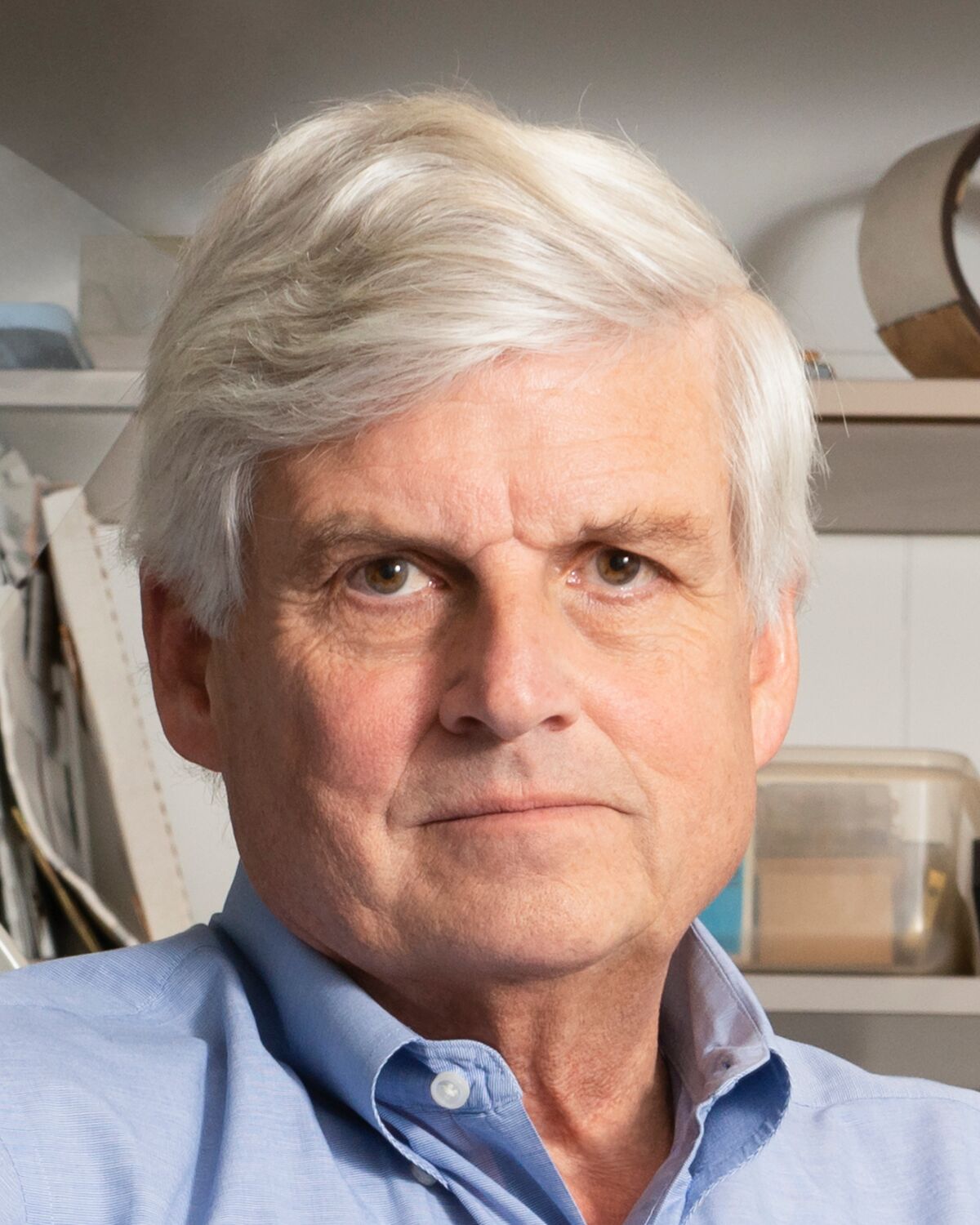
David Corey, Ph.D.
Auditory Neuroscience & Ion Channel Biology
How do we hear? How do the receptor cells of the inner ear convert the vibration of sound into a neural signal?
The receptor cells of the vertebrate inner ear are hair cells. In one part of the inner ear they are sensitive to sound and mediate hearing; in another they sense acceleration and mediate balance. They sense these mechanical stimuli by opening ion channels, which allow electric charge in the form of potassium ions to flow into the cell. The Corey lab is interested in the structure and activation of these mechanically-gated transduction channels.
Each hair cell has a bundle of stereocilia rising from its apical surface. Fine “tip links” extended between adjacent stereocilia, and deflection by nanometers changes the tension in these links. Tip links pull directly on the transduction channels to open them.
In recent years, six or seven protein components of the transduction channel complex have been identified because they are encoded by deafness genes. But we don’t know exactly how the proteins are arranged in a complex, how they bind to each other, where the ion conduction pathway is within the channels, how force causes a conformational change to open channels, or where Ca2+ binds to the proteins to mediate a fast adaption process. Human genetics has handed us a box of watch parts, and we must fit them together to understand they work. The Corey lab is doing this with a combination of electrophysiology, electron microscopy, cell biology, protein chemistry, structural biology, and single-molecule biophysics.
Visit here to see Dr. Corey's publications.